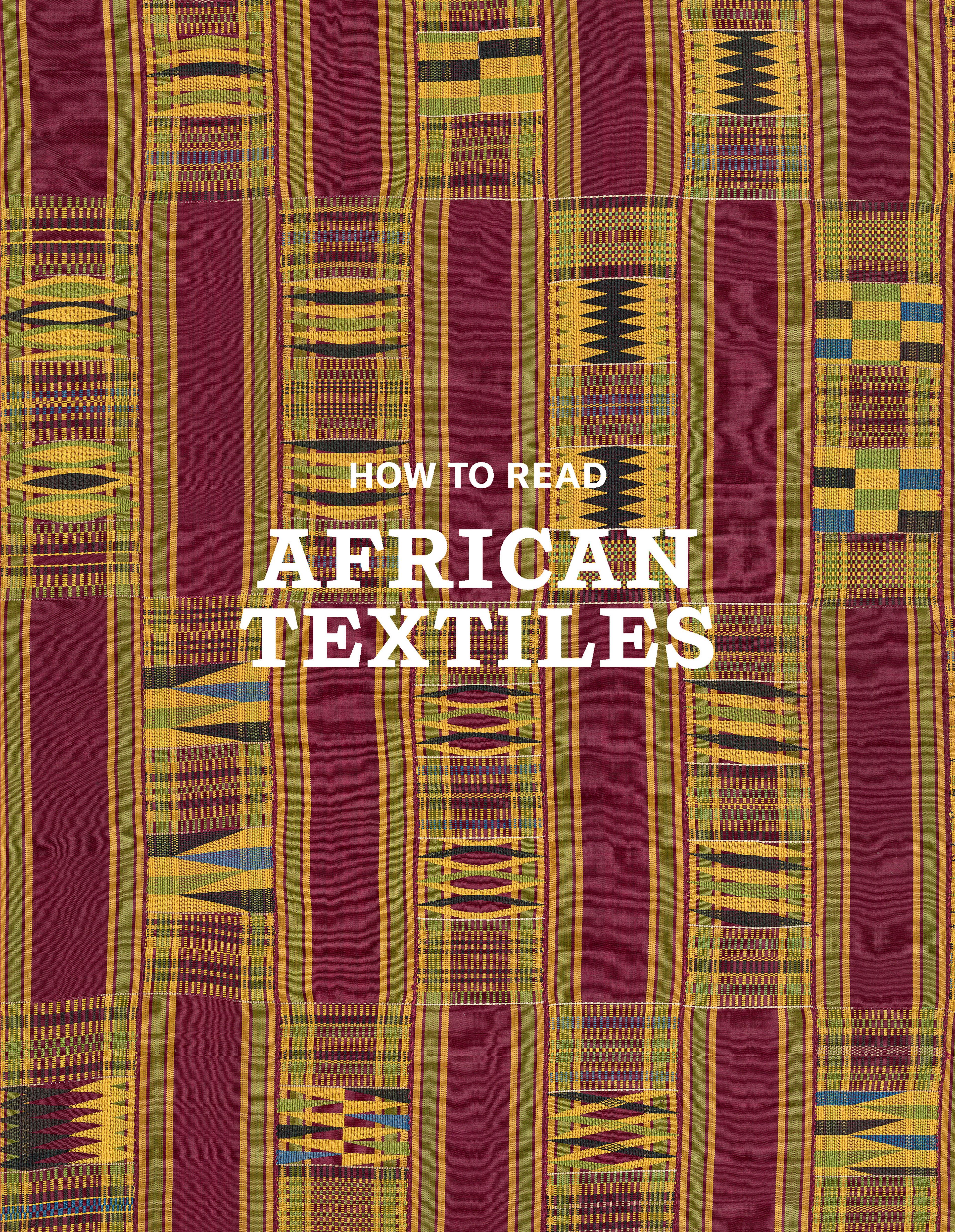Bògòlanfini (mud-dyed cloth)
The word bogolanfini literally translates into mud-cloth (bogolan=something made by using mud; fini=cloth). In this Malian tradition central to Bamana culture, men weave the cotton cloth strips that are sewn together, thus producing the canvas that women decorate through a complex resist process using plant extracts and mud. In addition to their powerful graphic qualities, the numerous designs and patterns painted on the cloths denote symbolic significance. Young women acquire the knowledge and understanding of this visual language from their mothers through a long-term apprenticeship. The motifs are usually abstract or semi-abstract representations of everyday objects. Used in association with one another, they can give expression to a proverb or a song, articulate a message, or represent an historical event.
Women's wrappers were worn during important transitional periods: prior to the consummation of marriage or immediately following childbirth. Divided into five sections - four thin bands along the edges frame a larger central field - this wrapper is an early example of bogolanfini. The thin band adorned with little polka-dots marks the upper-part of the wrapper which is often hidden when worn. These little dots (a motif called tigafaranin=little peanut shell) symbolize the beaded belt baya that young Bamana women wear around their waist, which is identified with seduction and fertility.
Since 1970, an immense revitalization of this textile tradition has both expanded its consumption in Malian popular culture and led to its adaptation by international fashion designers.
Women's wrappers were worn during important transitional periods: prior to the consummation of marriage or immediately following childbirth. Divided into five sections - four thin bands along the edges frame a larger central field - this wrapper is an early example of bogolanfini. The thin band adorned with little polka-dots marks the upper-part of the wrapper which is often hidden when worn. These little dots (a motif called tigafaranin=little peanut shell) symbolize the beaded belt baya that young Bamana women wear around their waist, which is identified with seduction and fertility.
Since 1970, an immense revitalization of this textile tradition has both expanded its consumption in Malian popular culture and led to its adaptation by international fashion designers.
Artwork Details
- Title: Bògòlanfini (mud-dyed cloth)
- Artist: Bamana artist
- Date: first half of 20th century
- Geography: Mali
- Culture: Bamana peoples
- Medium: Cotton, dye
- Dimensions: H. 37 x W. 57 11/16 in. (94 x 146.5 cm)
- Classification: Textiles-Woven
- Credit Line: The Michael C. Rockefeller Memorial Collection, Bequest of Nelson A. Rockefeller, 1979
- Object Number: 1979.206.190
- Curatorial Department: The Michael C. Rockefeller Wing
More Artwork
Research Resources
The Met provides unparalleled resources for research and welcomes an international community of students and scholars. The Met's Open Access API is where creators and researchers can connect to the The Met collection. Open Access data and public domain images are available for unrestricted commercial and noncommercial use without permission or fee.
To request images under copyright and other restrictions, please use this Image Request form.
Feedback
We continue to research and examine historical and cultural context for objects in The Met collection. If you have comments or questions about this object record, please complete and submit this form. The Museum looks forward to receiving your comments.
